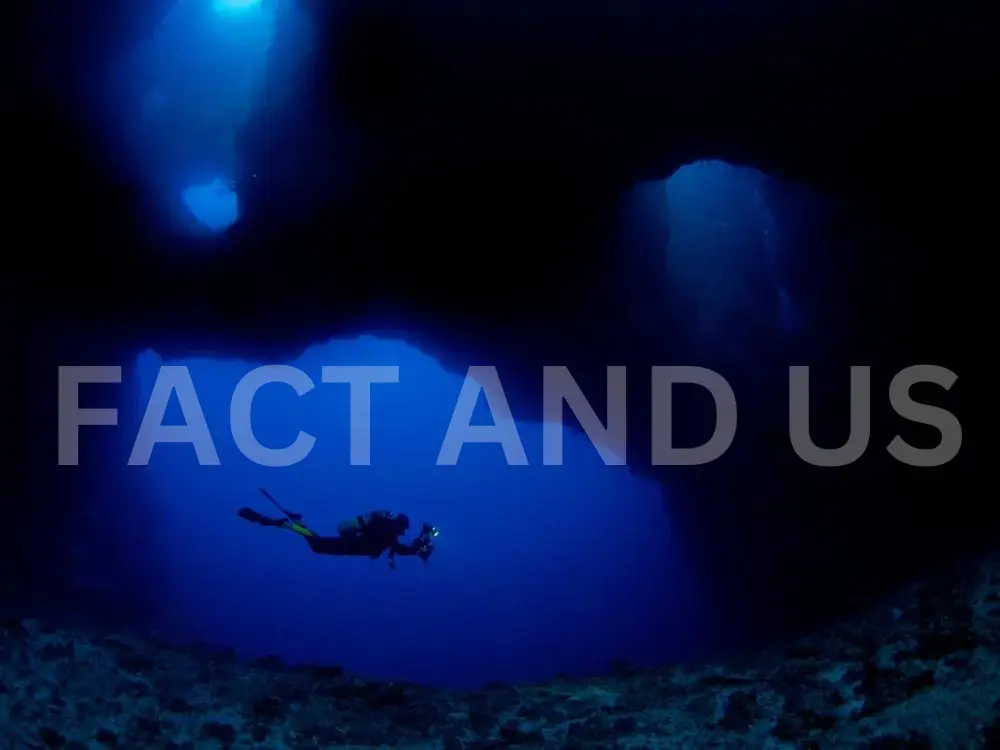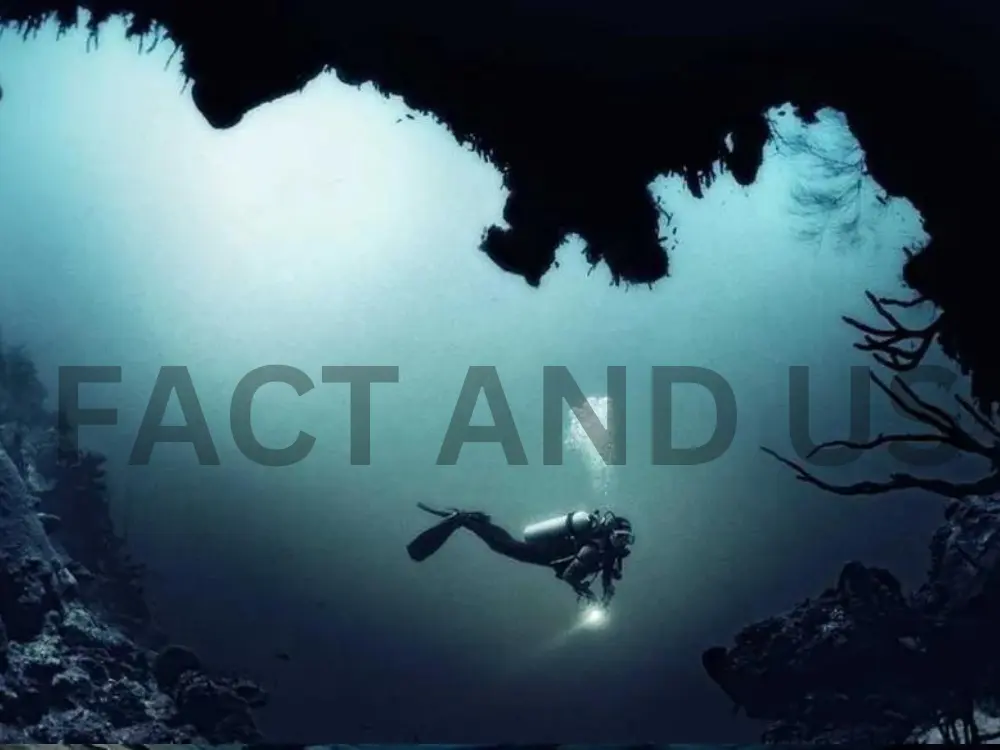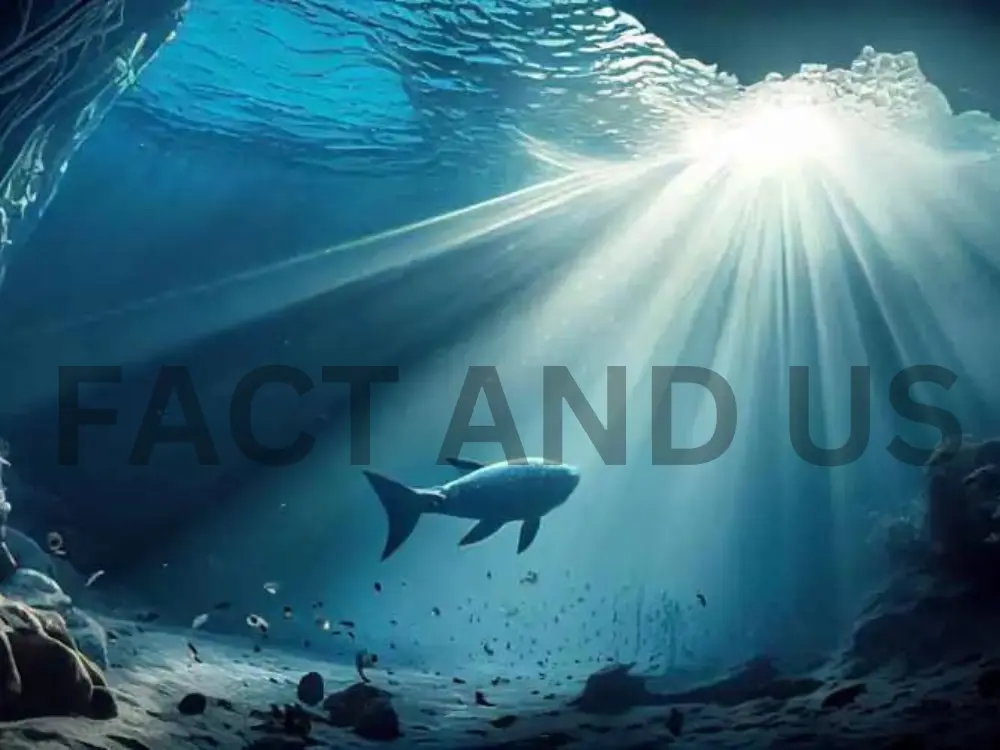The surface layers of the ocean generally obtain oxygen from diffusion and brisk circulation. This water sinks to the seafloor, supplying oxygen to deep-sea life. But sluggish circulation and oxygen-poor source waters can reduce oxygen concentrations at intermediate depths. In several oceans, this effect is unusually pronounced. Where primary production by photosynthetic life is very high, the decay of sinking organic matter consumes so much oxygen that the middle depths contain dramatically less of the gas than water above or below. Such oxygen-minimum zones, or OMZs, turn up in productive open oceans and on continental margins. They can stretch for thousands of miles and persist for thousands of years.

I first encountered an OMZ while studying animal communities on Volcano 7, a submerged mountain about 200 miles west of Acapulco, Mexico. The seamount has its summit 730 meters below the surface and its base 3,400 meters deep.
With a group of geologists, I first visited Volcano 7 in 1984 to photograph and study the mountain’s slopes using Alvin, a submersible vehicle based at Woods Hole Oceanographic Institution (WHOI), and ANGUS, a camera mounted on a sled. I noticed the fascinating sea life, but we did not measure oxygen on that trip. Four years later, I returned with a group of women who were studying plankton and life on the ocean floor. Again, we employed Alvin to explore the volcano’s surface.
Because Alvin had space for only a pilot, two scientists and our gear, we had to squeeze down on our knees and peer sideways to look through a porthole. The vehicle’s exterior lights, though powerful, illuminated only six to eight feet of water, focusing our attention on the fauna at hand rather than the larger view. At about 800 meters below the surface, dense groupings of crabs, shrimp, brittle stars and sponges were zoned like invertebrates on a rocky shoreline. But as we moved up the mountain’s slope, the rocks suddenly looked barren, covered with the merest fuzz of life.
Wondering what might account for the dramatic change, we looked at the oxygen data generated by a sensor mounted on the submersible’s shell. A liter of seawater can hold 7 or more milliliters of oxygen. (For comparison, a liter of air can hold 210 milliliters of oxygen.) But the water that swathes the peak of Volcano 7 contains less than one-seventieth of that amount—0.1 milliliter per liter. The seamount summit protrudes into a vast OMZ—a region of the ocean containing less than 0.5 milliliter of oxygen per liter of water. It is surprising that any life exists where the oxygen supply is so sparse.

In addition to the OMZs that lie off the western coasts of the Americas, well-established OMZs have also been discovered in the Arabian Sea, the Bay of Bengal and off the western coast of Africa. In the United States, the zones lie off California and Oregon.
California’s Santa Barbara Basin, with its bottom at 585 meters, is right within the California OMZ and has very little oxygen. My group at North Carolina State University and then at Scripps Institution of Oceanography, in collaboration with U.S. and international investigators, has studied OMZs off California, Mexico, Peru, Chile and Oman. Using data on seafloor topography and oxygen measurements from the National Oceanographic Data Center, we recently teamed up with John Helly at the San Diego Supercomputer Center to estimate how much of the continental margin seafloor is intercepted by OMZs. Our global estimate was about 2 percent.
Seasonal oxygen-depleted zones are also known. Water over the shallow shelf off Chile becomes depleted during the spring and summer, when it is fed by the poorly oxygenated Peru-Chile Undercurrent. In fall and winter, it becomes oxygenated again as cold, sub-Antarctic currents prevail. Human activities deplete other bodies of water. In some estuaries and coastal regions, fertilizer runoff or sewage outfall promotes periodic phytoplankton blooms, which rob the water of oxygen as they decay. Such human-inspired hypoxic events have taken place in many parts of the world, including Chesapeake Bay, the New York Bight and the Gulf of Mexico. A severe hypoxic event in the northern Adriatic in 1977 slaughtered masses of marine organisms.
Understanding the formation and ecological impact of oxygen-depleted zones is critical because their number and intensity are likely to increase as global warming and nutrient enrichment rob the ocean of oxygen. Because such zones are inhospitable to animals we consider edible, their expansion could have a devastating effect on commercial fishing.

Contents
OMZs: What, Where and Why
OMZs generally form where winds create currents that move water along a continent’s western shoreline. Aided by the Earth’s rotation, such currents sweep water offshore. Replacing the lost mass, cold water rises up from the ocean’s depths. It brings nutrients, especially nitrogen, to the sunlit surface, where a lack of nutrients would otherwise limit plankton and nekton growth. When the resulting glut of surface-dwelling organisms dies, the bacterial garbage recyclers of the ocean deplete the water of oxygen as they degrade the detritus.
If such conditions persist for long periods, middle depths can become permanently short of oxygen, and an OMZ can appear. Interested in the adaptations of seafloor communities to extreme environments, I began to study OMZs in 1988, when groups led by Karen Wishner (University of Rhode Island), Marcia Gowing (University of California, Santa Cruz), Lauren Mullinax (WHOI) and myself visited the slopes of Volcano 7 aboard WHOI’s research vessel Atlantis II. Because OMZs usually lie between 200 and 1,300 meters, they can intercept the seafloor on seamounts and edges of continents.
Descending through an ocean containing an OMZ, you encounter a wide range of oxygen concentrations. The first part of your journey takes you down through well-oxygenated water, which persists for 500 to 1,000 meters off the coast of Central America or Peru and for up to 400 meters off the coast of Oregon or California.
In waters off Mexico, the first 100 meters is sunlit, so you see small planktonic organisms. Once you enter the OMZ, the oxygen content drops precipitously to below 1 milliliter of oxygen per liter of water, placing you in a low-oxygen—dysoxic—zone. At 300 to 700 meters, the water’s oxygen content stabilizes at its lowest level, forming a microxic (less than 0.1 milliliter per liter) zone. Oxygen gradually becomes more plentiful again as you continue to descend. But if you reach the seafloor while still within the zone, you find soupy mud off Oman, sand made of shells on the slopes of Volcano 7, and fine sediment with phosphorite rocks off Peru.
These sediments are rich in nutritious debris. Thioploca was first found by Chilean scientist Victor Gallardo in the OMZ under the Peru-Chile Subsurface Countercurrent system, where it colonizes more than 10,000 square kilometers of continental shelf. Like Beggiatoa, its cells form filaments. But dozens of filaments—and even filaments of different Thioploca species—share a sheath. Off the Chilean coast, Thioploca constructs thick, gelatinous mats on the seafloor that can weigh up to 120 grams—about a quarter of a pound—per square meter.
Vertical mucous tunnels under the mats allow Thioploca filaments to slide down into the sediment and find hydrogen sulfide. Because zones of sulfide and nitrate do not overlap, the bacteria commute up into seawater to obtain nitrate. Swaying back and forth and emerging from their sheaths, they form a quivering, white lawn.

Adapting to Oxygen Deprivation
The abundance of nutrients, combined with diminished competition for food and fewer predators, offsets some of the disadvantages of OMZs for organisms that can adapt to this unusual milieu. As might be expected, these adaptations can also be highly unusual. For example, giant bacteria that use nitrate to oxidize hydrogen sulfide are conspicuous in OMZs. Their chemical expertise enables them to obtain energy without the need for oxygen.
The resulting crystals of elemental sulfur accumulate, making the cells look white. Two sulfur-oxidizing bacteria, Thioploca and Beggiatoa, are common in sediments under OMZs off northern Chile, Peru, Oman, Namibia and Pakistan. Thioploca cells align in long filaments that look like angel-hair pasta. The filaments glide through the water in slimy sheaths and, in some locations, form dense, yellow mats.
Community Life in an OMZ
Like communities of animals that occupy different habitats on dry land, communities in undersea habitats also differ in size and composition. The first scientist to study the unique features of OMZ communities in detail was Howard Sanders of WHOI. Comparing fauna dredged from marine and estuarine environments off the coasts of India, Madagascar, New England and South America, he concluded in 1968 that two Arabian Sea samples contained the fewest species.
“The probable cause for these modest diversity values is the low-oxygen minimum layer found throughout the northern Arabian Sea at the 100 to 200 meter depth,” he wrote. Sampling across the continental margin off Walvis Bay on the Atlantic coast of the southern African country now called Namibia, Sanders noted even less diversity at 100 meters, where the oxygen saturation was below 2 percent. Around Walvis Bay, the existence of an OMZ is betrayed by the occasional smell of rotten eggs; the smell comes from sediments permeated with hydrogen sulfide.

Now that many OMZ communities have been studied, we can point to some common features. OMZs intersected by the seafloor tend to have populations of large, filamentous sulfur bacteria, such as the species described above. Meiofauna (microscopic animals) are also abundant in OMZs, but there are limited numbers of macrofauna (animals larger than half a millimeter) and megafauna (bigger animals, such as crabs, anemones and starfish). Biologists separate these groups by shaking their samples through progressively smaller sieves. Megafauna can be recognized with the naked eye.
Tracing the Food Chain
Animals in OMZs obtain energy and carbon for growth by breaking down detritus. Surface waters are filled with phytoplanktonic organisms that obtain their energy from the sun and with animals that eat phytoplankton; when these organisms die they sink as detritus. Because sinking detritus is so abundant in oxygen-depleted waters, scientists used to assume that photosynthetic organisms stood alone as the energy source forming the base of the food chain in OMZs. Prompted by Victor Gallardo, we now wonder whether chemosynthesis, practiced by sulfur bacteria, could also play a role.
1994, Henrik Fossing of the Max Planck Institute of Marine Microbiology in Bremen, Victor Gallardo and investigators from Denmark sampled sediment from the OMZ off Chile. After squeezing pieces of Thioploca mat, they measured nitrate concentrations. The first liquid to emerge had a nitrate content similar to that of seawater.
But greater pressure released liquid with 100 times as much nitrate. Subsequent studies showed that this liquid came from the membrane-bound vacuole that occupies most of the bacterium. Astonishingly, the nitrate concentration in such vacuoles was 500 millimolar—up to 20,000 times the concentration in seawater. Thus, Thioploca stores the nitrate it needs for oxidizing hydrogen sulfide. The nitrate takes the place of the oxygen used by most organisms, and the vacuole serves as a lung. Presumably, the ability to store nitrate gives Thioploca a distinct advantage over bacteria that must have simultaneous access to an oxidant and a reduced compound.
The Global Climate Connection
One of the advantages of studying OMZs is their stability, which permits observations over extended periods. But although OMZs persist for thousands of years, they do expand and contract as the global climate changes. Detecting and understanding prior alterations might help us predict—or even delay—future changes.
Climatic changes likely to have affected the oceans’ oxygen inventory include the ice ages. These periods have not been unremittingly cold: Ice cores from Greenland reveal that at least 24 periods of sudden warming occurred between 115,000 and 14,000 years ago. These interstadials—warm periods between icy cold periods—took no more than a few decades to develop, and they persisted from decades to hundreds of years.
Given the impossibility of measuring the oxygen content of past waters, scientists have had to devise proxy methods. One method records the number and species of fossilized foraminifera in samples of ocean sediment. Identifying the foraminifera that currently dominate waters with known oxygen concentrations allows us to infer the concentrations that existed when the fossilized foraminifera were alive. Using this approach, Kevin Cannariato and James Kennett at the University of California, Santa Barbara, recently made detailed studies of the Santa Lucia Slope, about 60 kilometers west of Point Conception, California. After seeing how assemblages of fossilized foraminifera changed over the past 60,000 years, they determined whether the major changes correlated with alterations in global climate.
conclusion
the exploration of deep-ocean life thriving in oxygen-scarce environments unveils a realm of extraordinary adaptation and tenacity among marine organisms. These creatures have evolved remarkable strategies to thrive where oxygen levels are minimal, revealing the resilience and creativity of life in extreme conditions.
Moreover, research into oxygen minimum zones and layers contributes crucially to our knowledge of global biogeochemical cycles, influencing our comprehension of Earth’s historical climates and future environmental dynamics. These findings are pivotal in guiding conservation efforts aimed at safeguarding marine biodiversity and ecosystem stability.
In essence, the exploration of deep-ocean life where oxygen is scarce underscores the imperative to preserve these unique and fragile habitats. By continuing to explore and comprehend these ecosystems, we deepen our appreciation for the diversity of life on our planet and enhance our understanding of how organisms adapt and thrive in challenging environments, contributing to the broader tapestry of scientific discovery and environmental stewardship.
